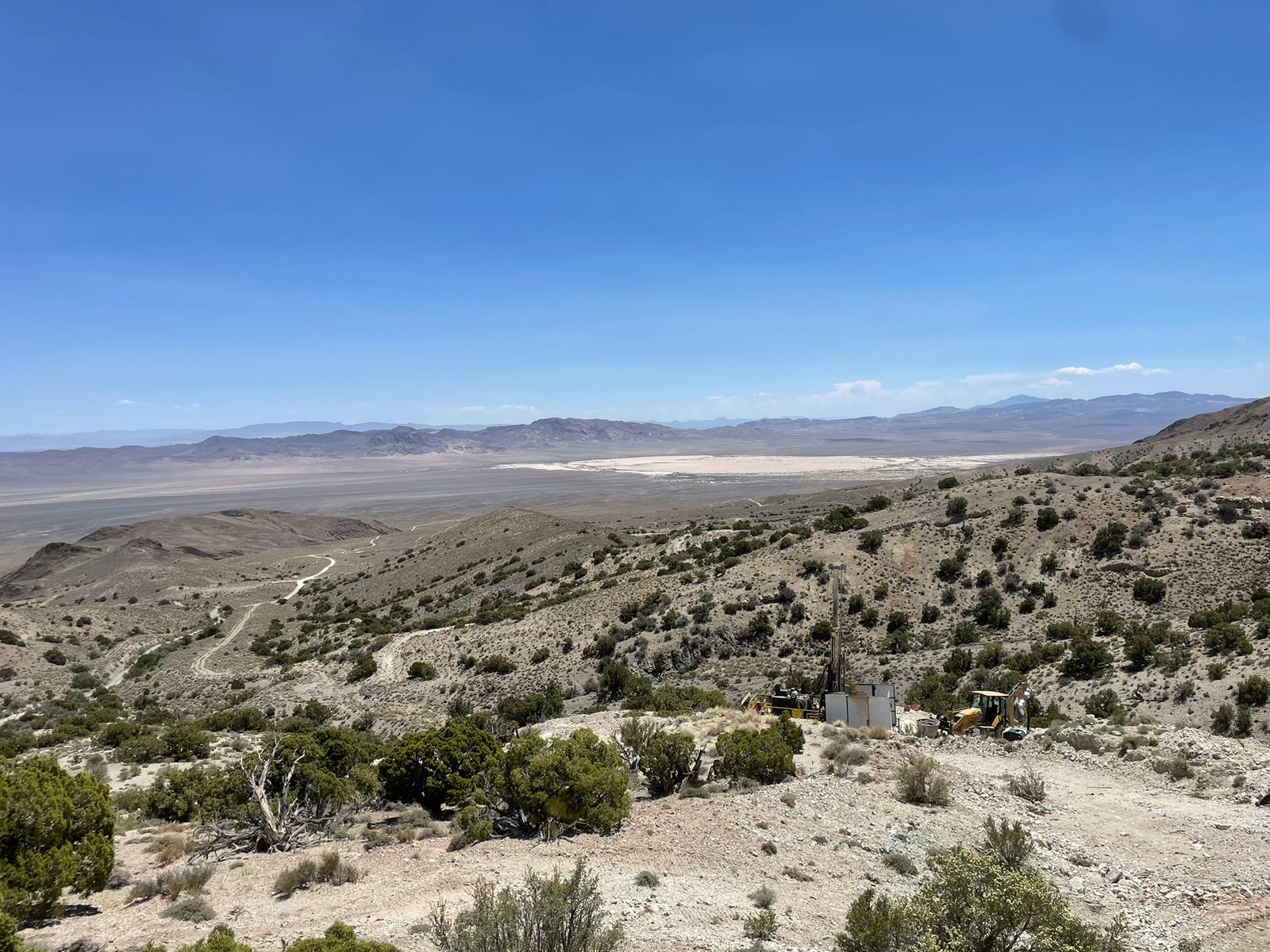Pilot Mountain tungsten project in Nevada gets $6M from Department of Defense
Amanda Stutt | July 25, 2025
 Pilot Mountain tungsten project in Nevada. Image from Guardian Metal Resources.
Pilot Mountain tungsten project in Nevada. Image from Guardian Metal Resources.
The Department of Defense announced this week a $6.2 million award to Guardian Metal Resources (LON: GMET) to advance its Pilot Mountain tungsten project in Nevada.
The funds will enable London-listed Guardian Metal’s wholly-owned US-based subsidiary Golden Metal Resources to deliver a pre-feasibility study for Pilot Mountain, located southeast of Hawthorne. Guardian is the only company with US based tungsten assets to receive an award, and is also advancing another tungsten project in Nevada: Tempiute.
The tungsten market had an estimated value of around $5 billion in 2023. It is the material of choice for a key defense application — penetrators — which are high-density, armour-piercing projectiles. It’s also required in US Department of Defence (DoD) contracts.
European tungsten prices surged to their highest in 12 years in May, driven by China’s tightening grip on critical mineral exports, including tungsten.
Tungsten production in the US ceased in 2015, when it was no longer commercially viable due to low prices and competition from China.
China dominates global tungsten production, accounting for over 80% of last year’s total output of 81,000 tons, according to the USGS.
Another company exploring tungsten deposits in the US is American Tungsten, which started construction and building work in May for the mine plan at its Ima project in Idaho. Between 1945 and 1957, the property produced approximately 199,449 metric ton units of tungsten trioxide (WO3).
Excitement brewing in tungsten space
While Guardian Metals CEO Oliver Friesen is fairly new to the tungsten space, he is an exploration veteran in the state of Nevada, and worked as a geologist for Barrick on numerous drill campaigns.
“Pilot Mountain came across my desk and it just so happened to have the largest tungsten deposit in the entire USA in Nevada,” Friesen told MINING.com in an interview in June. “I realized that there was something really exciting brewing in the tungsten space.”
“[It was] contrarian to acquire a tungsten deposit when no one wanted it in the US,” Friesen said. “And now obviously it’s become incredibly valuable and we’ve positioned ourselves very strategically in the US to lead the reshoring efforts here in the country.”
“Our plans are to continue to de-risk our two main assets in Nevada and get them into production. What we have is really important for US national security and we can supply a very meaningful amount of tungsten to the US market.”
The company is working towards expanding its mineral resource estimate (MRE) which was established in 2017 and 2018 that
outlined 12.53Mt at 0.27% WO3 with significant copper-silver-zinc credits.
Drilling to support the updated resource for the PFS is all now complete, Friesen said, adding high grade gallium has also been intersected at both the Pilot Mountain and Tempiute projects.
In June, the company released assay results and announced newly staked exploration targets at Tempiute.
In July, Guardian acquired additional mining claims in the Walker Lane mineral belt, about 15 km northwest of Pilot Mountain, to form what is to be known as the Pilot North tungsten project.
“On the permitting side, we’re seeing tailwinds from the new administration and the DOI,” Friesen said. “Given our position in US tungsten, we’re getting chased to get [applications] submitted. The government is serious about fast tracking defense metal projects. US investors want American mines … here’s a very viable solution for domestic mined tungsten.”